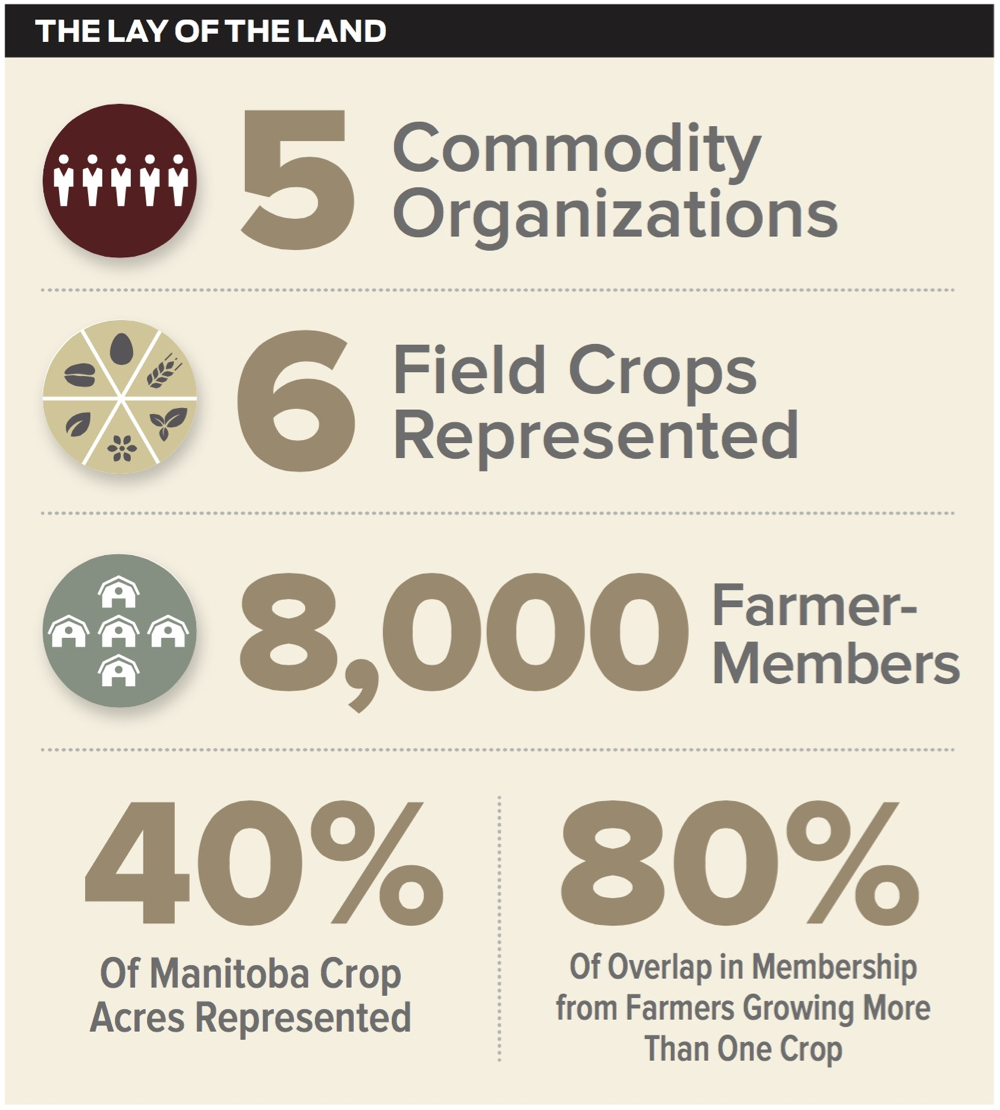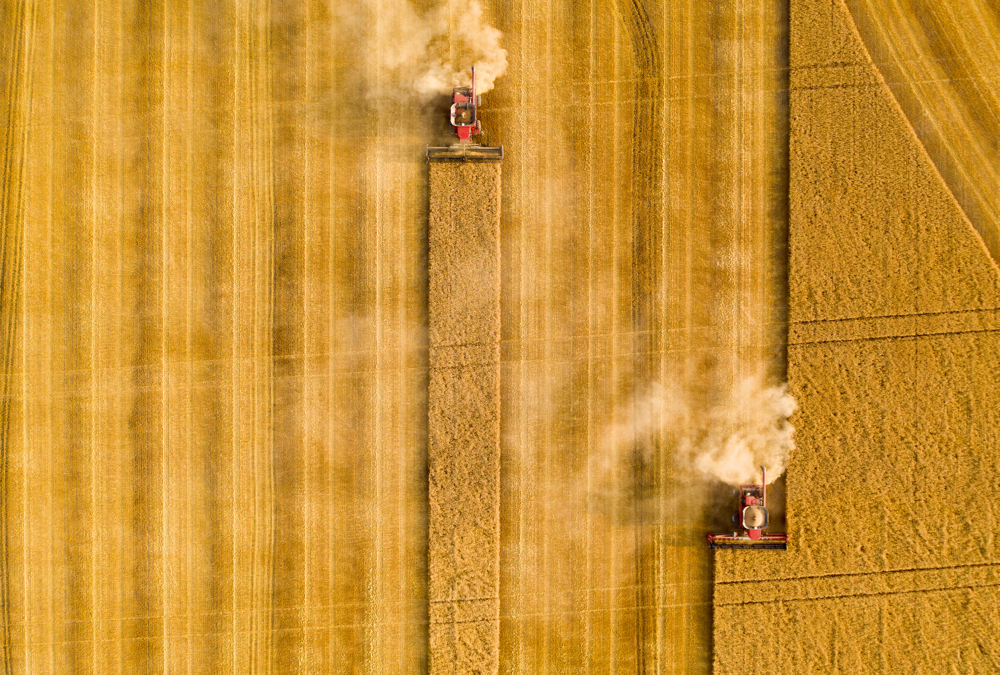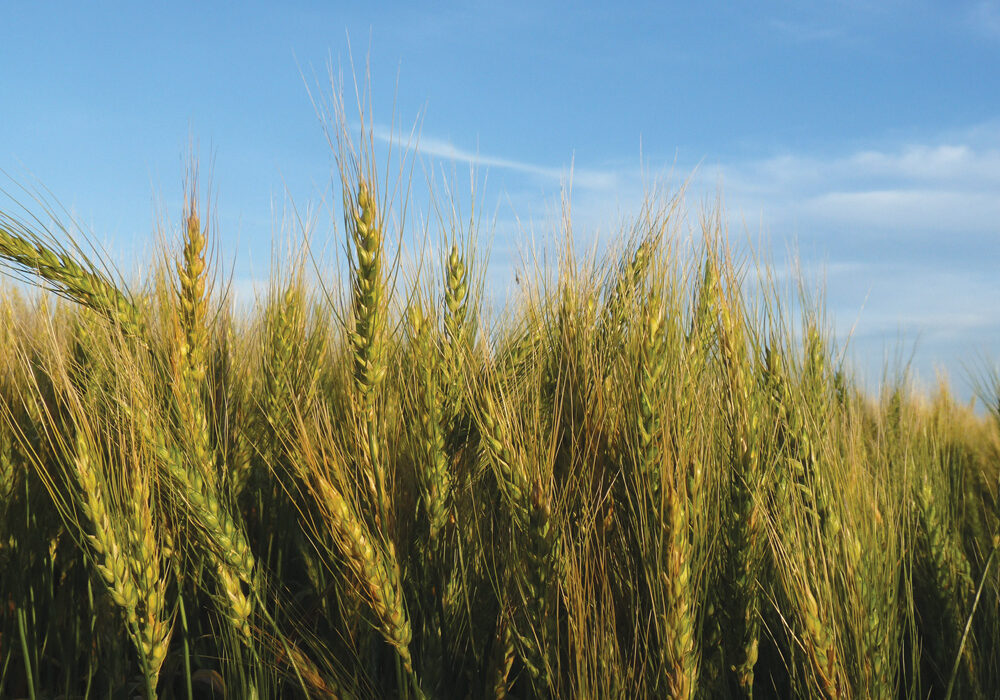What’s in a name?
As Shakespeare wrote, “… a rose by any other name would smell as sweet… ”
But five Manitoba crop commodity groups considering a merger beg to differ.
The Manitoba Wheat and Barley Growers Association (MWBGA), Manitoba Corn Growers Association, Manitoba Flax Growers Association, National Sunflower Association of Canada and Winter Cereals Manitoba, want suggestions for a name for their new organization should members vote at annual meetings during CropConnect in February to amalgamate.
Read Also

Mazergroup’s Bob Mazer dies
Mazergroup’s Bob Mazer, who helped grow his family’s company into a string of farm equipment dealerships and the main dealer for New Holland machinery in Saskatchewan and Manitoba, died July 6 from cancer.

- Pam de Rocquigny.
“We have to call it something when we talk about amalgamation agreements as opposed to NewCo,” MWBGA general manager Pam de Rocquigny said in an interview June 6. “It’s not by any means prejudging or saying it’s going to happen. If it does go ahead, what could a potential name be so we can start calling it something?
“For an amalgamation we need to have an incorporated entity to amalgamate into. We could’ve gone the route of a numbered company or something like that, but we thought maybe we would take this opportunity to create discussion and see what people think out there about what this potential new organization’s name might be.”
If you don’t have a suggestion of your own, weigh in on three options — Grains and Oilseeds of Manitoba (GO-MB), Manitoba Crop Alliance and Grow Manitoba — at mbcrops.ca.
There’s detailed information on the proposal at the same site.
The groups are currently working with lawyers on bylaws for the proposed organization and a merger agreement, which will be shared with farmer-members well in advance of their annual meetings, de Rocquigny said.
“In October, November, December we will definitely ramp up our communications because it’s a busy time of year for producers right now with seeding, spraying and everyone enjoying summer before harvest starts in August,” she said.

Merger talks began four years ago, and while some of the organizations have changed, the emphasis has always been on getting member feedback.
The five groups were already co-operating, including sharing an office in Carman.
The groups say they can use farmers’ checkoff funding more efficiently as one association instead of five (see ‘Why merge?’ at bottom).
The flax, sunflower and winter cereals associations are also suffering from reduced funding as plantings of those crops has fallen.
Some concerns about merging, including director workload and smaller crops potentially getting short shrift, were raised at the MWBGA’s annual meeting Feb. 15, 2018.
The groups went back to the drawing board and in December 2018 released a revised structure and pushed the merger vote to the 2020 annual meetings from 2019.
The biggest change was a proposal to create five crop committees — corn, flax, sunflowers and wheat, barley and winter cereals — to operate within the merged association.
Farmer-members would elect 34 delegates — eight each to corn, flax and sunflower committees and 10 to the wheat, barley and winter cereals committee.
Crop committee delegates would focus on their crop and elect the association’s board of directors who are responsible for governance.
The corn committee would elect three directors, flax and sunflowers would elect two each and the wheat, barley and winter cereals committee would elect four.
MWBGA director Robert Misko told his annual meeting Feb. 13, 2019 the new structure addresses concerns about director workload and that smaller crops would get less attention.
A delegate system would also connect the organization better to members and perhaps attract younger farmers to participate.
“Maybe it would give them a taste, or a feel for what’s going on (when serving) at the lower board (crop committee) level… ” he said.
The proposed structure is also scalable, if other commodity groups join later, Misko said.
There wasn’t much feedback from members at their 2019 annual meetings about the merger, which association leaders see as tacit support.
If farmers were strongly opposed they’d be saying so, MWBGA chair Fred Greig said in an interview Feb. 14, 2019. He stressed more farmer input is welcomed.
Because the merger proposal is based on all five associations taking part, members from each association must approve it by a two-thirds majority before it can go ahead.
To vote members must attend their respective annual meetings in 2020.
So as to not to sway voting, the results won’t be released until all five associations have voted.
If members approve the merger, the Manitoba Farm Products Marketing Council, which oversees commodity groups, has to approve it.
The idea of merging came up about five years ago, but formal discussions started in 2016 with four of the five current associations — Manitoba Wheat and Barley Growers Association, Manitoba Corn Growers Association, Manitoba Flax Growers Association and the National Sunflower Association of Canada, plus the Manitoba Pulse & Soybean Growers (MPSG), Manitoba Canola Growers Association and Manitoba Oat Growers Association.
Canola and oats opted out, but the rest signed a memorandum of understanding to investigate merging further that took effect May 1, 2017.
Since then, MPSG withdrew and Winter Cereals Manitoba joined the process.
Why merge?
Here’s a summary of reasons why five Manitoba crop commodity groups suggest members vote to form a single organization:
- The groups, some of which handle more than one crop, are already collaborating.
- Reduced overlap means more efficient use of farmers’ levies.
- The new association would offer regional research and agronomy support and at the same time bring farmer input back to the association through regional meetings. Independent agronomy is increasingly necessary with government cuts in that area.
- More efficient use of staff time and equipment.
- More opportunities for staff.
- A larger association would be less susceptible to the loss of key employees.
- Deal with non-crop-specific issues such as soil fertility, herbicide-resistant weeds and rotations.
- The ability to take a ‘whole-farm’ approach recognizing farmers grow more than one crop.
- The ability to help kick-start the next important crop for Manitoba farmers. (Canola and soybeans were initially minor crops.)





















